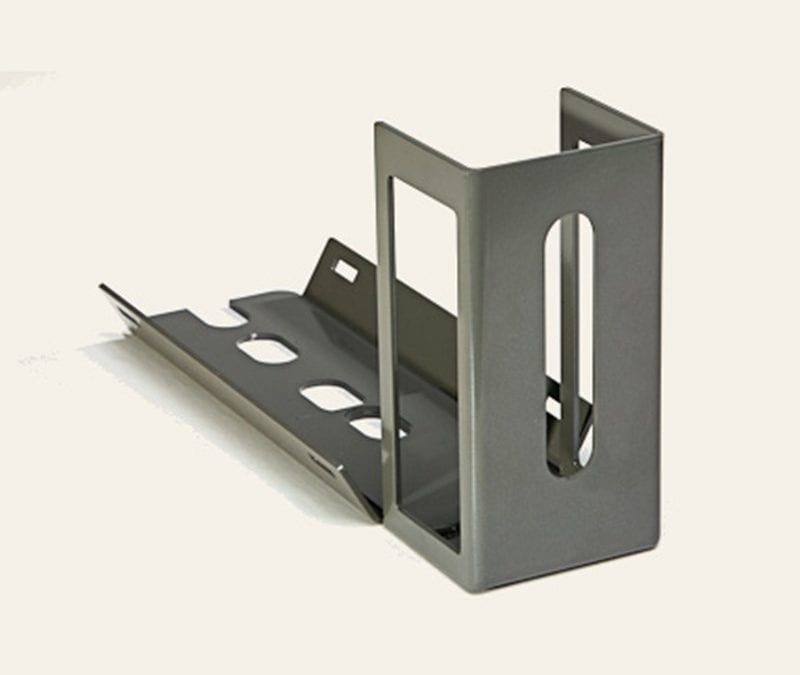Short Run Metal Stamping V.S. Long Run Metal Stamping
As technology continues to advance, the complexity of components in finished products has become increasingly intricate. The demand for highly precise and intricate parts has led to the development of better manufacturing processes, including the trusted method of metal stamping.
What is Short Run Metal Stamping?
Short run metal stamping refers to the manufacturing process used for producing parts in smaller volumes. It is an ideal choice for prototyping and small-scale production as it requires less equipment compared to other methods. The process involves placing sheet metal into a die set, where various operations are performed. The press applies pressure to cut the sheet according to the tool’s outline, shaping it into the desired form. Additionally, a machining process called broaching is employed to create holes or slots in the sheet metal.
It is important to note that this process is often used in industries where parts are needed in smaller quantities, such as automotive, aerospace, and electronics.
What are the Pros & Cons of Short-Run Stamping?
Pros of Short-Run Stamping:
- Suitable for prototyping or creating small batches of parts.
- Requires less equipment and setup, resulting in faster and more cost-effective production.
- Consistently produces high-precision parts due to its accuracy and repeatability.
Cons of Short-Run Stamping:
- The tooling required for short-run stamping is expensive compared to other methods.
- Producing large volumes becomes more expensive due to the relatively long cycle time per part.
What is Long Run Metal Stamping?
On the other hand, long run metal stamping is the process used for larger production runs. It involves a continuous feed mechanism, where sheets of metal are fed through the press without interruption. This significantly reduces the cycle time compared to short run methods and allows for high-volume production at a low cost per part.
However, long run metal stamping has higher initial costs and may require a dedicated maintenance team due to the strain placed on the stamping equipment. This process is commonly utilized in industries such as mining, military, and telecommunications, where large quantities of the same parts are required. Long run metal stamping can efficiently transform raw materials into precision metal stampings, regardless of the complexity of the requirements.
Which Process to Choose?
Choosing between long and short-run metal stamping depends on the desired quantity of parts. Short run stamping is cost-effective for producing a single part or a few parts, while long run stamping is ideal for larger quantities of the same part, such as gears or cogs. Ultimately, it is best to research with a reputable company to see which service is better suited for your needs.
Summary
In summary, short run metal stamping is suitable for prototyping or low-volume production, while long run metal stamping is better suited for larger production runs. Both processes require specialized equipment and personnel, which can increase setup costs significantly. The choice should be based on volume requirements, budget constraints, and the complexity of the part being manufactured.
To efficiently turn sheet metal into completed parts, it is crucial to engage a metal stamping company with a dedicated design process. Fox Valley Stamping, a short run metal stamping provider for various industries. With their experienced team of engineers, technicians, and tool-and-die makers, they can assist in choosing the right process and delivering high-quality parts in a timely manner. Their cutting-edge technology ensures the best solution for metal stamping needs. Contact us today to see how we can help your production needs!




 847.741.2277
847.741.2277
